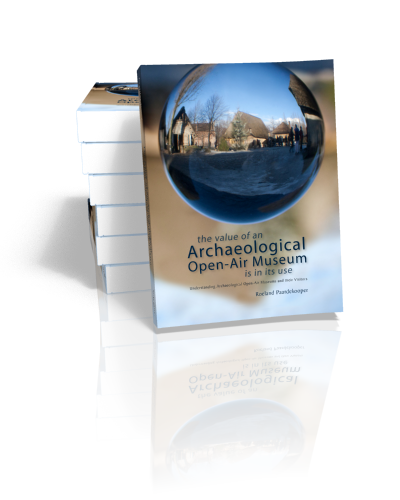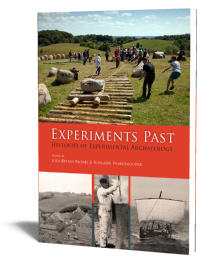
The Value of an Archaeological Open-Air Museum is in its Use
Understanding Archaeological Open-Air Museums and their Visitors
Roeland Paardekooper | 2013
Paperback ISBN: 9789088901034 | Imprint: Sidestone Press Dissertations | Format: 210x280mm | 300 pp. | PhD thesis, University of Exeter | Language: English | 29 illus. (bw) | 109 illus. (fc) | Keywords: archaeology, museology, educational archaeology, experimental archaeology | download cover
Read online or downloaded 2420 times
- Digital & Online access
-
Buy via Sidestone (EU & UK)
-
Buy via our Distributors (WORLD)
For non-EU or UK destinations you can buy our books via our international distributors. Although prices may vary this will ensure speedy delivery and reduction in shipping costs or import tax. But you can also order with us directly via the module above.
UK international distributor
USA international distributor
-
Browse all books by subject
Browse by subject
-
Search all books

We will plant a tree for each order containing a paperback or hardback book via OneTreePlanted.org.







